Russia strengthens missiles for Pantsir air defense system
On June 19, Russia's state defense industry corporation Rostec announced that the Russian Armed Forces had just received a new batch of surface-to-air missiles for Pantsir-S air defense systems.
It is understood that these new missiles are optimized to deal with a variety of aerial threats, including unmanned aerial vehicles (UAVs), cruise missiles and low-flying aircraft.
This shows that Russia continues to focus on strengthening its short- to medium-range air defense capabilities, in order to adapt to changing battlefield challenges, as modern threats such as swarming UAVs, precision-guided weapons and low-flying targets become increasingly common.
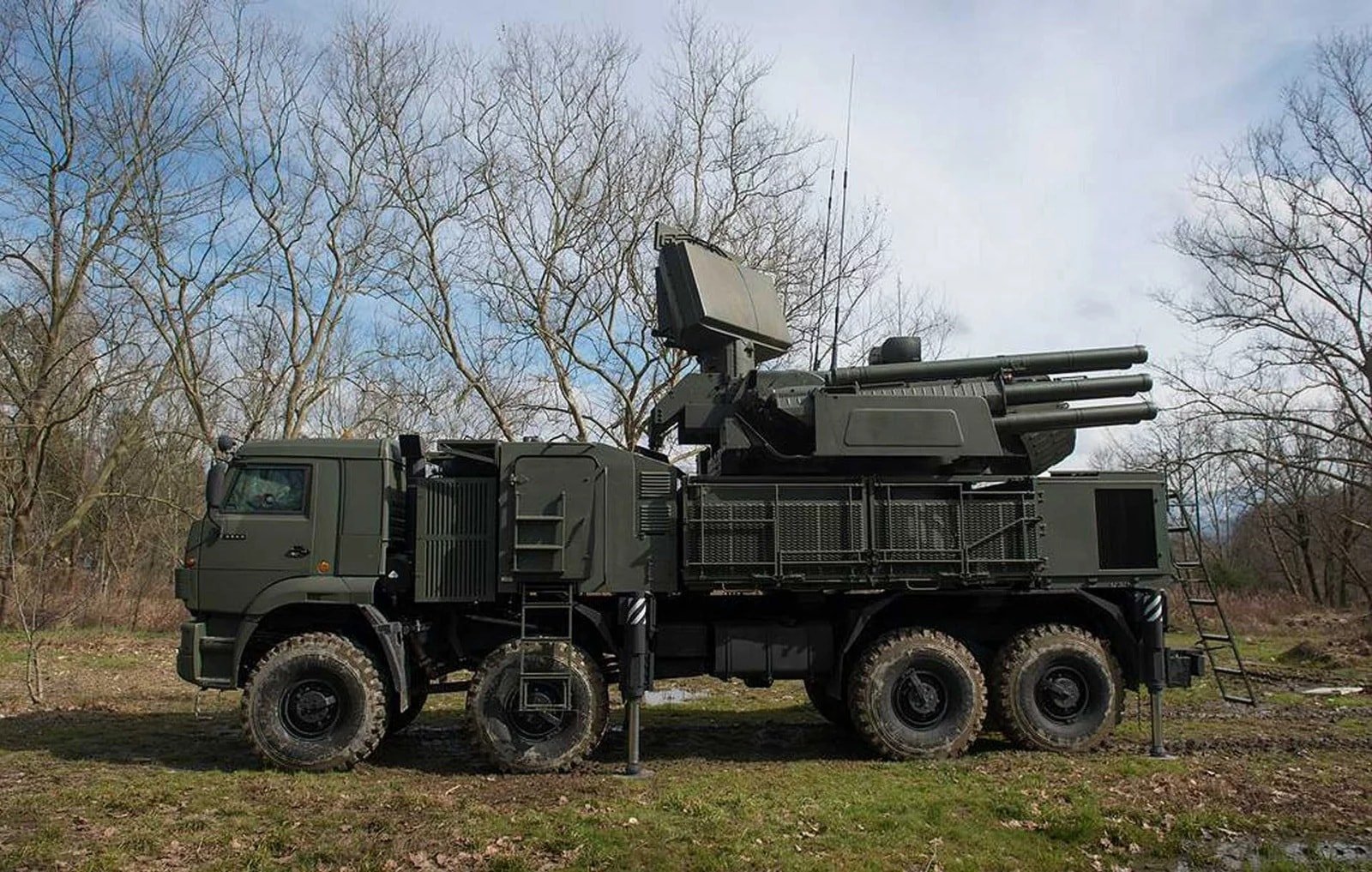 |
The Pantsir-S complex is mounted on an 8x8 KAMAZ-6560 wheeled chassis, can reach a maximum speed of 90km/h and has an operating range of about 500km. Photo: TASS news agency |
The Pantsir-S system is designed to engage a wide range of airborne targets, with a missile range of up to 20km and a maximum altitude of 15km, using a 2-stage solid-fuel missile type 57E6-E. Each 57E6-E missile carries a high-explosive fragmentation warhead weighing about 20kg, designed to explode near fast-moving and highly maneuverable targets. The missile has a maximum flight speed of about 3,675km/h, ensuring the ability to react quickly to unexpected threats such as UAVs or cruise missiles.
The system's radar structure includes an S-band target tracking radar, capable of simultaneously detecting 36 targets at a range of up to 32-36km, depending on the radar cross-section and flight pattern of the target. In addition, the system is also equipped with a dual-band fire control radar operating in the E and Ka bands, allowing for precise tracking and guidance of up to 4 interceptor missiles aimed at 4 different targets at the same time. This dual radar configuration gives the system superior performance when dealing with targets with small radar cross-sections such as UAVs and low-flying, high-speed projectiles.
Pantsir-S is also equipped with 2 30mm 2A38M automatic cannons, each cannon has a 2-barrel design, maximum firing rate of 2,500 rounds/minute per barrel, effective in a range of 200m to 4km.
The Pantsir-S complex is mounted on an 8x8 KAMAZ-6560 wheeled chassis, can reach a maximum speed of 90km/h and has an operating range of about 500km. The system can be deployed and ready for combat within 5 minutes, and is capable of firing on the move.
Tactically, the Pantsir-S plays an important role in protecting high-value targets as well as large air defense systems such as the S-300 and S-400. The mobility of the 8x8 wheeled chassis allows the system to be easily redeployed to respond to threats.
* The US is about to deploy the aircraft carrier USS Gerald R. Ford to Europe.
The USS Gerald R. Ford, the US Navy's most modern aircraft carrier , is scheduled to leave Naval Station Norfolk on June 24 to begin a planned deployment to Europe.
Commissioned in 2017, the USS Gerald R. Ford is the first ship in a new class of supercarriers designed to replace the Nimitz class and incorporate revolutionary technologies. Displacing approximately 100,000 tons and powered by two A1B nuclear reactors, the USS Gerald R. Ford has virtually unlimited range.
One of the ship's highlights is the Electromagnetic Aircraft Launch System (EMALS), which replaces traditional steam catapults. EMALS allows for smoother launches and better control of a wide range of aircraft, from heavy fighters to light UAVs, increasing sortie frequency and extending aircraft life.
The system is also equipped with advanced arresting gear, supporting the efficient recovery of both manned and UAV aircraft. As a result, the USS Gerald R. Ford can increase the number of sorties per day by up to 33% compared to the Nimitz class, with the ability to sustain up to 160 sorties per day in high-intensity combat conditions.
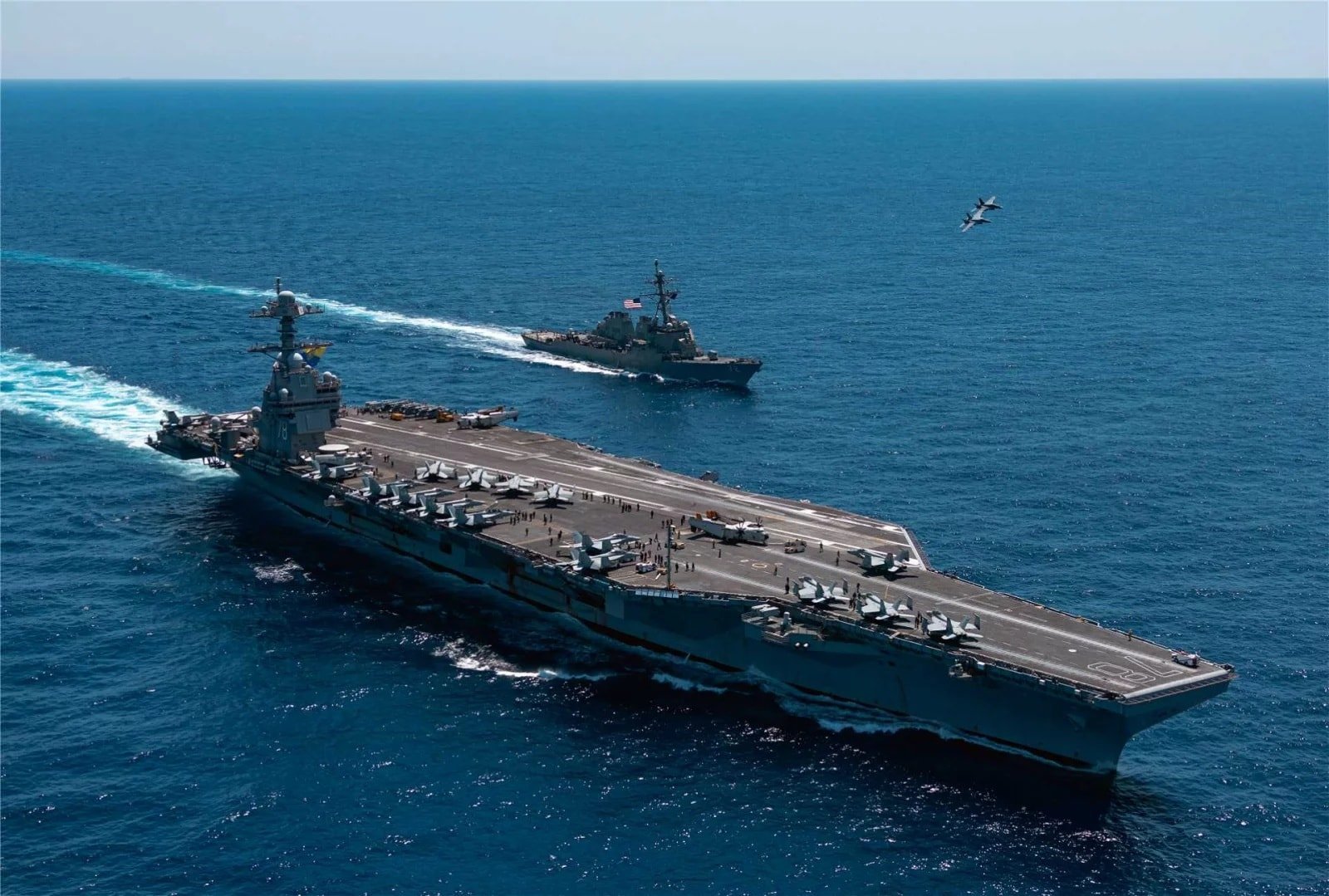 |
| The USS Gerald R. Ford aircraft carrier is capable of operating up to 75 aircraft with a modern launch system, allowing for precision strikes and superior air defense capabilities. Photo: US Department of Defense |
USS Gerald R. Ford usually deploys about 75 aircraft, including about 40-44 F/A-18E/F Super Hornet fighters or combined with F-35C Lightning II stealth fighters, 5 EA-18G Growler electronic warfare aircraft, 4-5 E-2D Advanced Hawkeye command aircraft and 6-8 MH-60R/S Seahawk helicopters for anti-submarine warfare, logistics and search and rescue.
In terms of defense, the ship is equipped with advanced AN/SPY-3 and AN/SPY-4 radar systems, providing superior situational awareness and threat tracking capabilities. A multi-layered defense network including RIM-116 Rolling Airframe missiles, RIM-162 Evolved Sea Sparrow missiles, Phalanx CIWS anti-aircraft guns and Nulka decoy systems effectively protect the ship against threats from missiles, aircraft and UAVs.
* Establishment of new UAV demonstration center in Denmark
US company AeroVironment and Hans Christian Andersen Airport (Denmark), home to the UAS Denmark Test Center, have signed a memorandum of understanding to utilize UAS Denmark's infrastructure to support UAV demonstrations, operational training, and joint UAV exercises.
Under the agreement, AeroVironment can conduct field training programs, multi-domain combat testing, counter-UAV strategies, and sensor-attack integration procedures, key elements of modern combat strategy at this center.
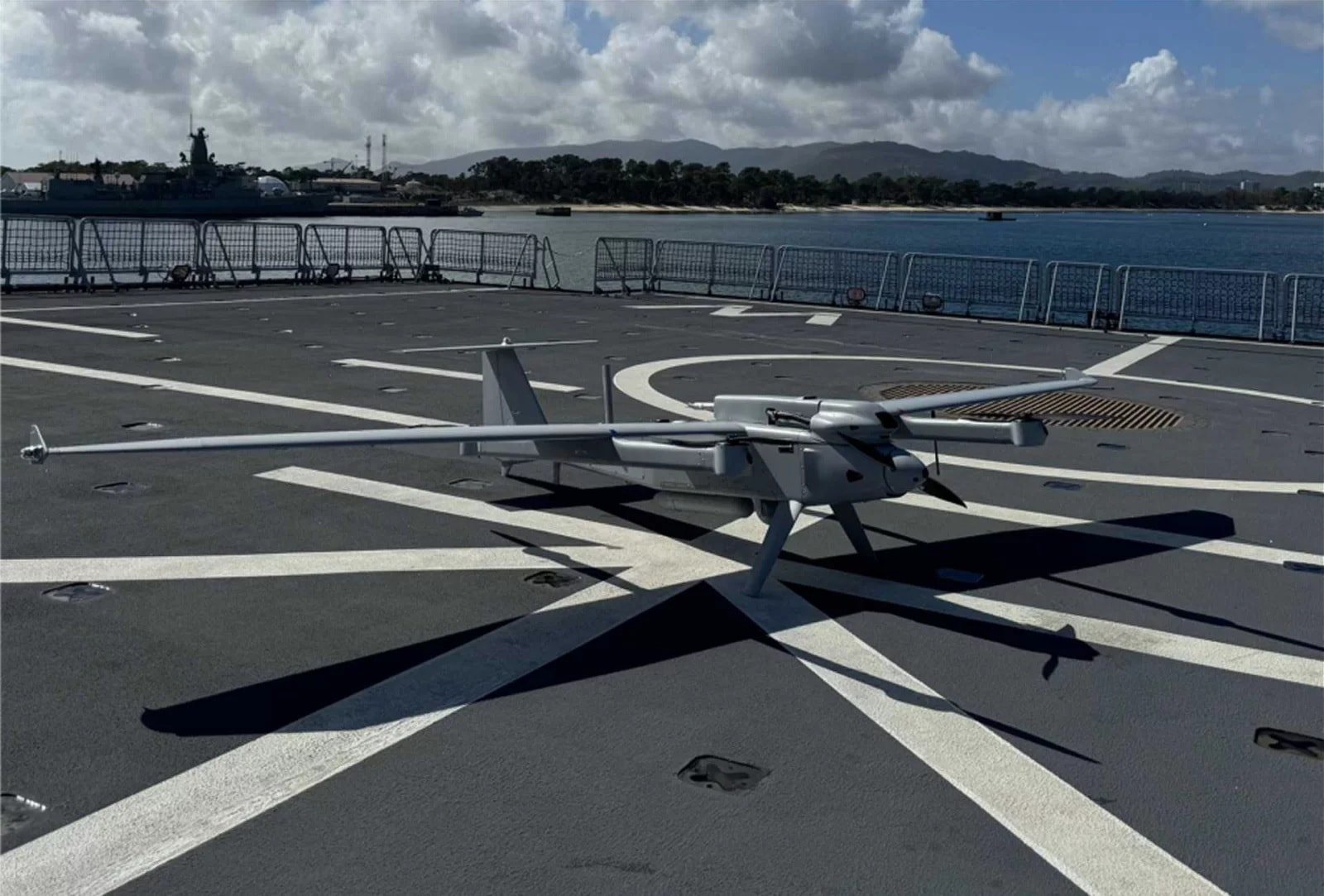 |
| AeroVironment's JUMP 20 UAV during a demonstration flight. Photo: AeroVironment |
Denmark currently operates AeroVironment's RQ-20 Puma tactical UAV, which entered service with the army in 2012 and was upgraded to the Puma AE II variant in 2016. Most recently, the country completed a contract to purchase AeroVironment's JUMP 20 vertical take-off and landing UAV.
Known for its flight time of up to 14 hours and the ability to carry a variety of weapons payloads, the JUMP 20 will serve reconnaissance, surveillance and intelligence gathering missions in strategic areas of Denmark. The first batch of JUMP 20 UAVs is expected to be delivered in 2025.
The collaboration is said to open up opportunities for AeroVironment and its European partners to test and optimize autonomous systems in European airspace conditions. The center will allow for accelerated crew certification, UAV tactical development, and multinational collaborative testing.
Thanks to its geographical location and suitable infrastructure, the test center can become a key transit point for UAV research and joint field exercises.
TRAN HOAI (synthesis)
* Today's World Military column on the People's Army Electronic Newspaper sends readers the latest information on world military security and defense activities in the past 24 hours.
Source: https://baodaknong.vn/quan-su-the-gioi-hom-nay-22-6-nga-tang-cuong-ten-lua-cho-he-thong-phong-khong-pantsir-256276.html
























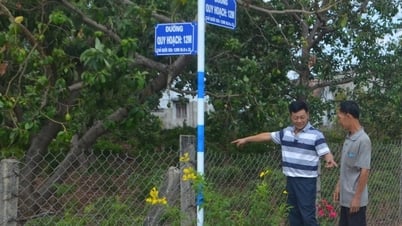





























![[Maritime News] Wan Hai Lines invests $150 million to buy 48,000 containers](https://vphoto.vietnam.vn/thumb/402x226/vietnam/resource/IMAGE/2025/6/20/c945a62aff624b4bb5c25e67e9bcc1cb)














![[Infographic] Party Committee of the Ministry of Culture, Sports and Tourism: Marks of the 2020 - 2025 term](https://vphoto.vietnam.vn/thumb/402x226/vietnam/resource/IMAGE/2025/6/22/058c9f95a9a54fcab13153cddc34435e)





















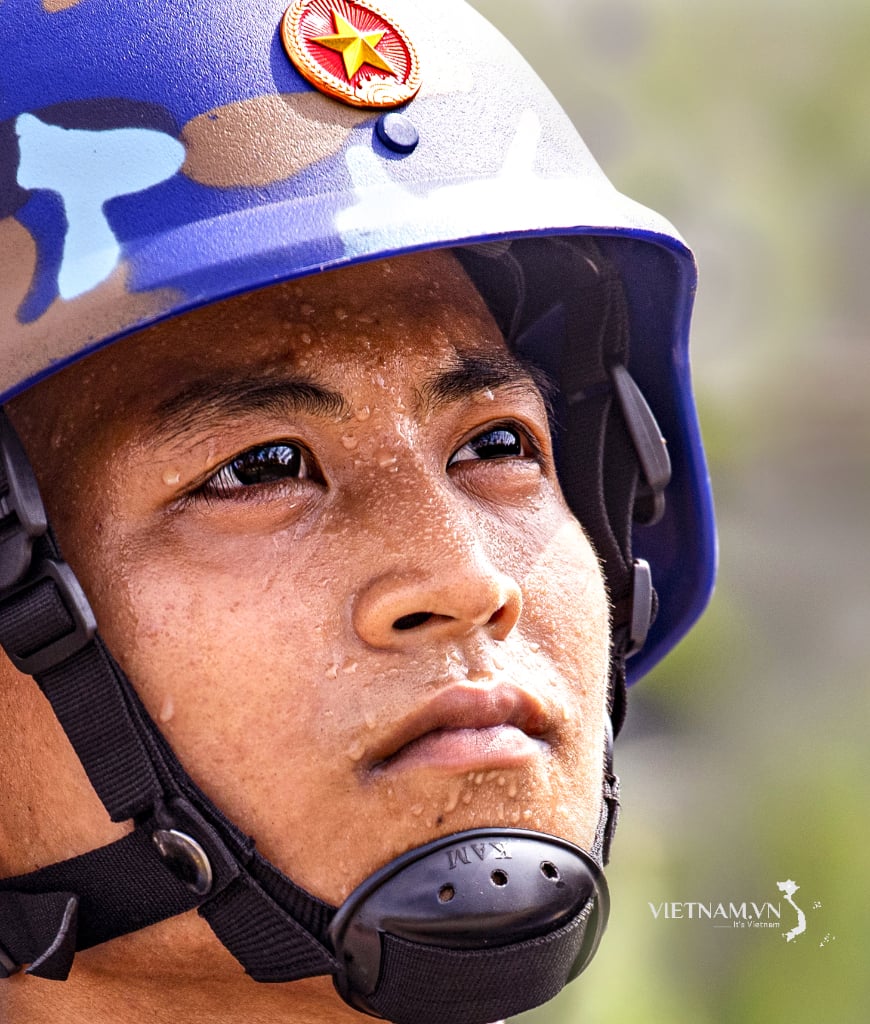


Comment (0)